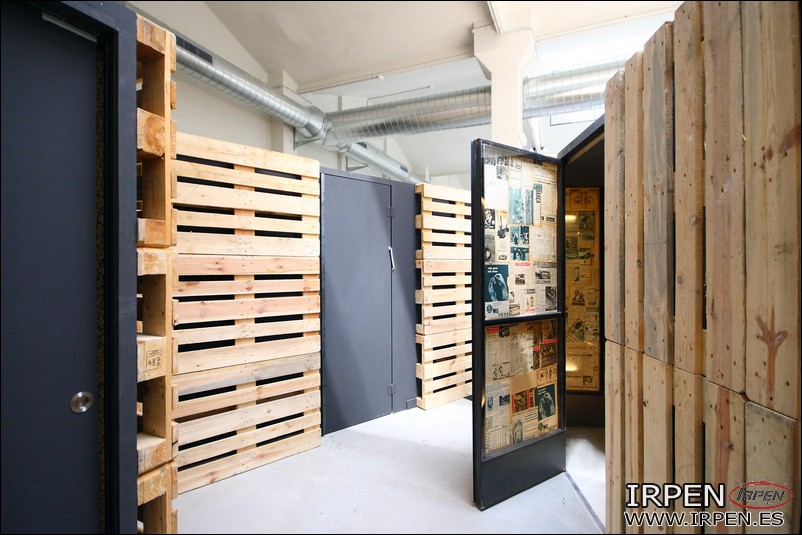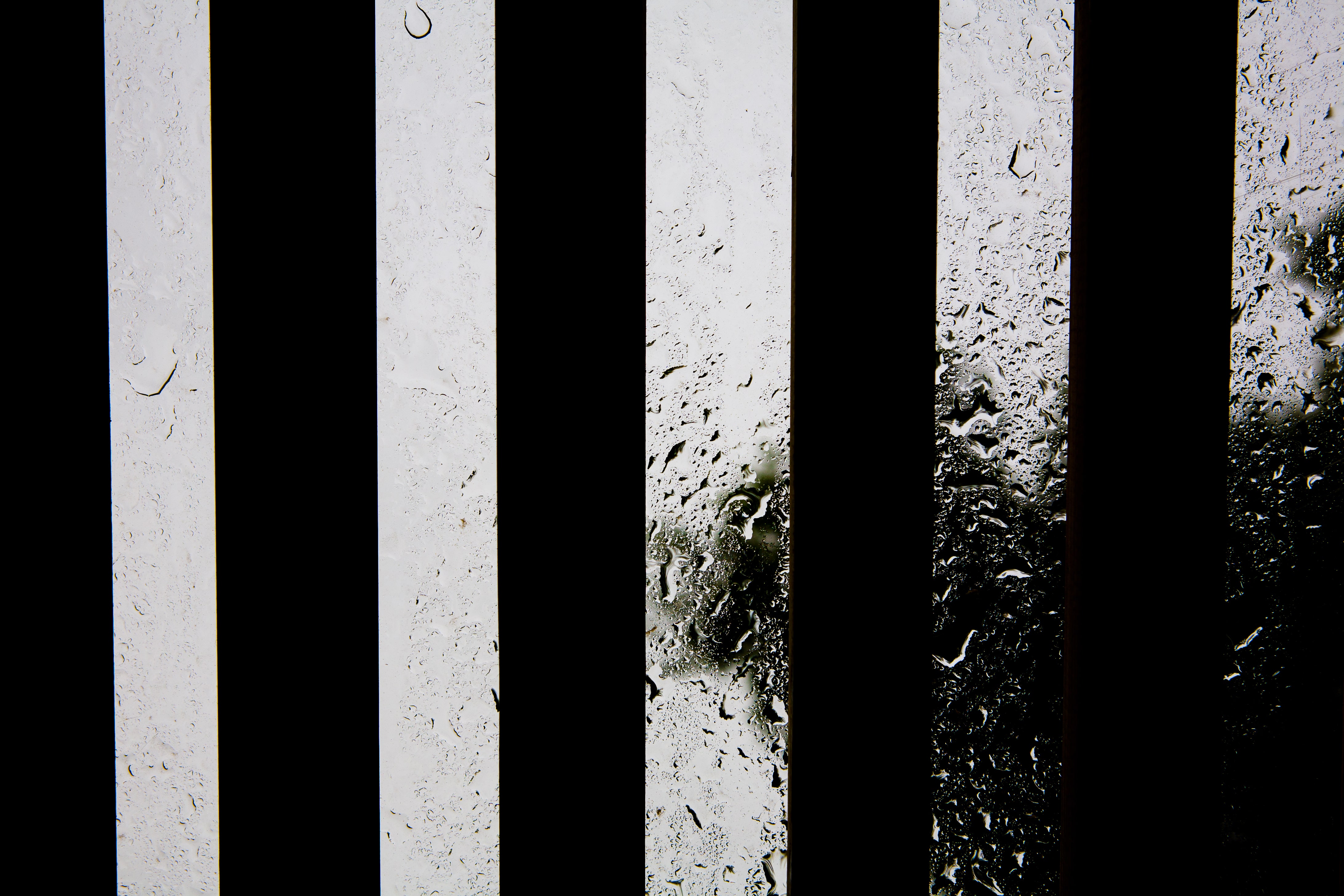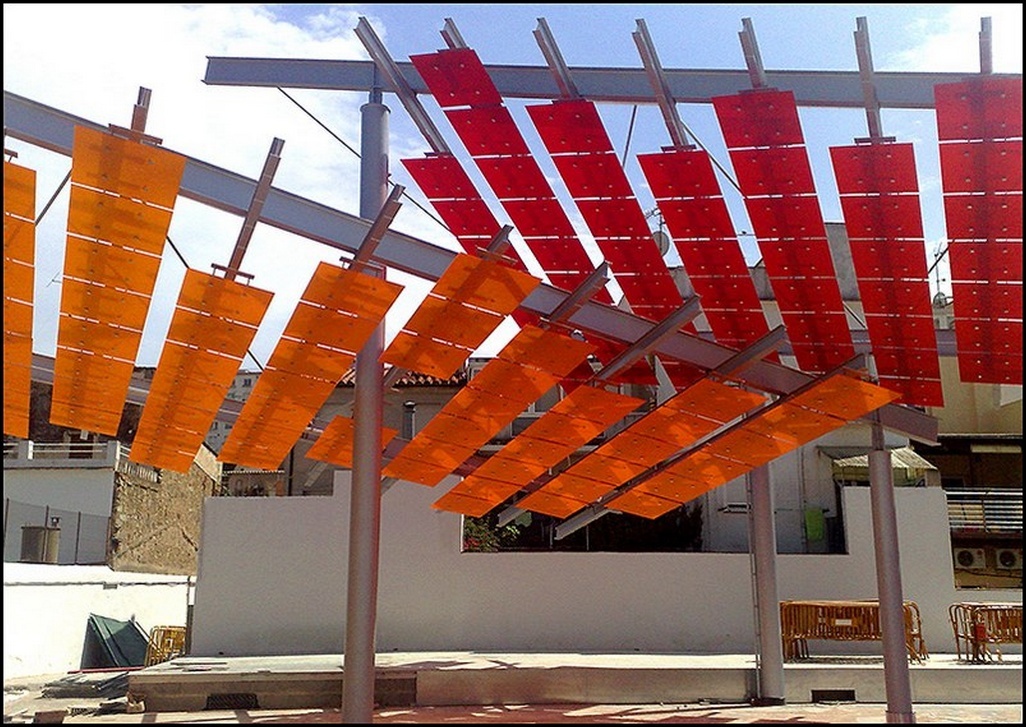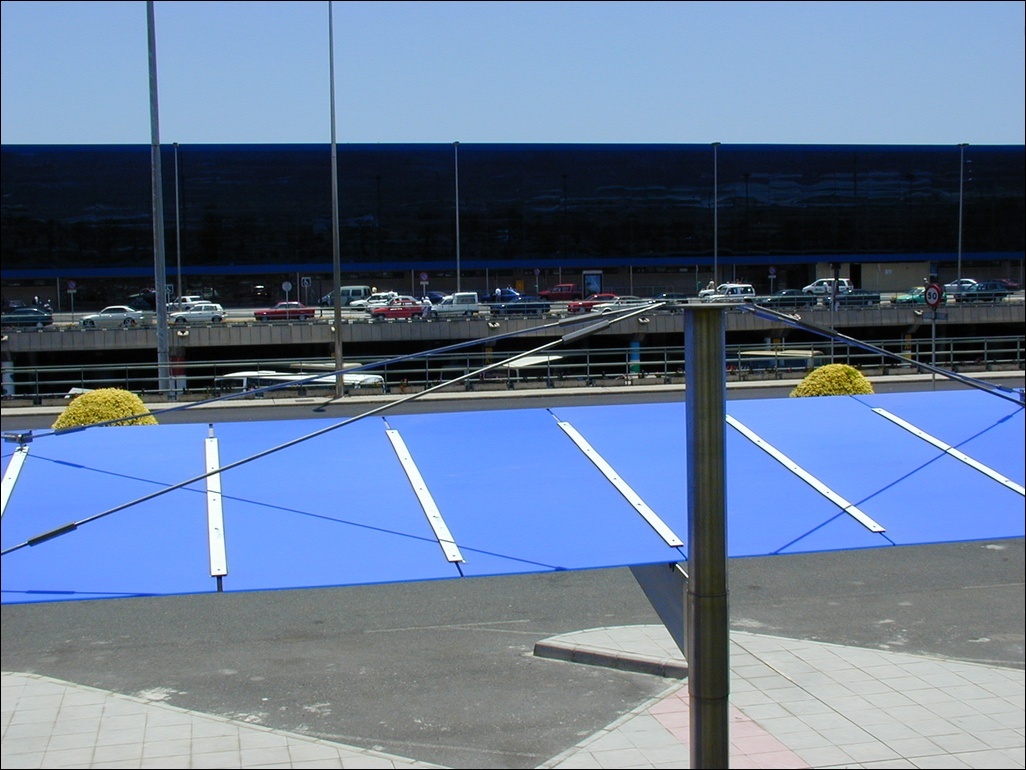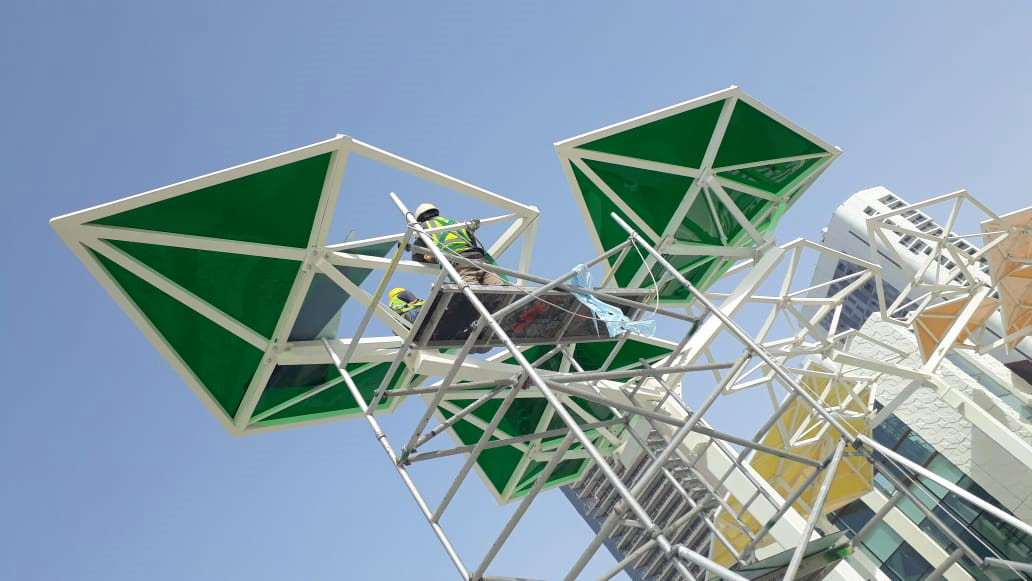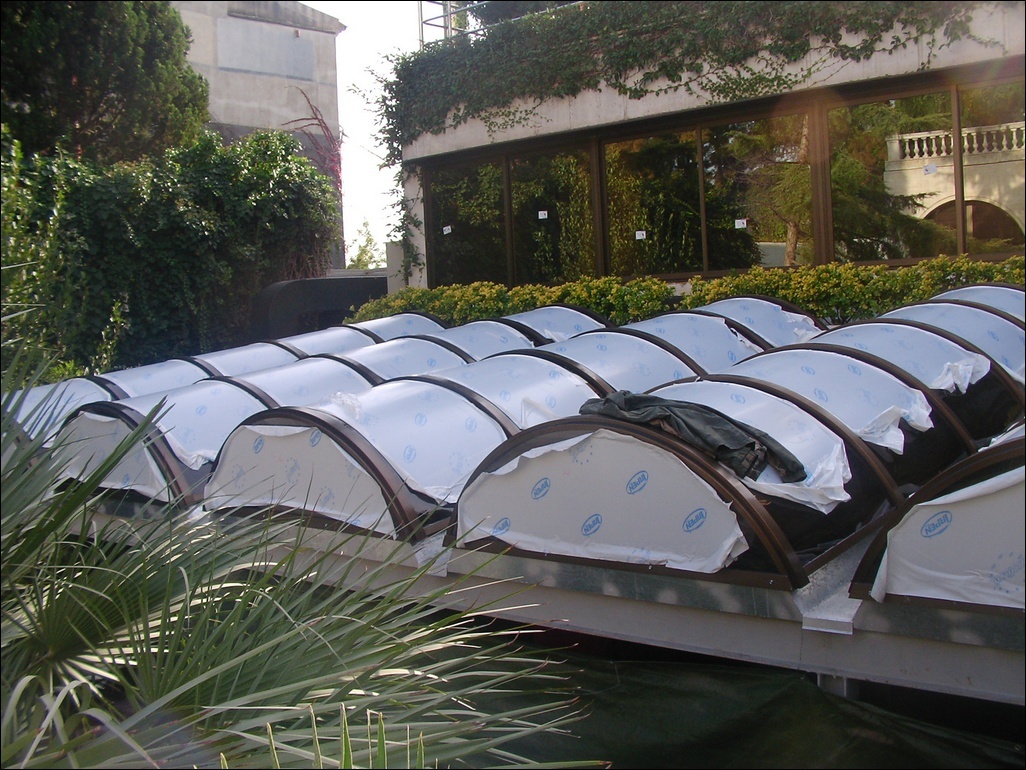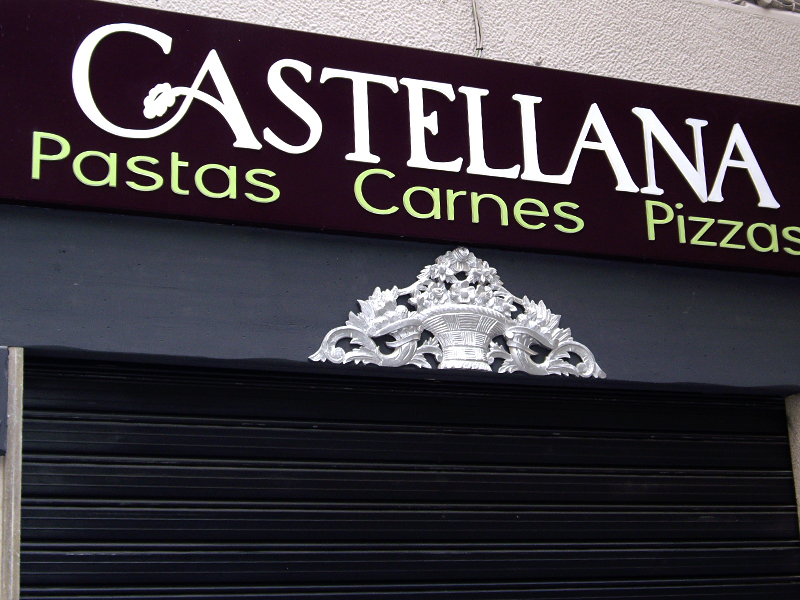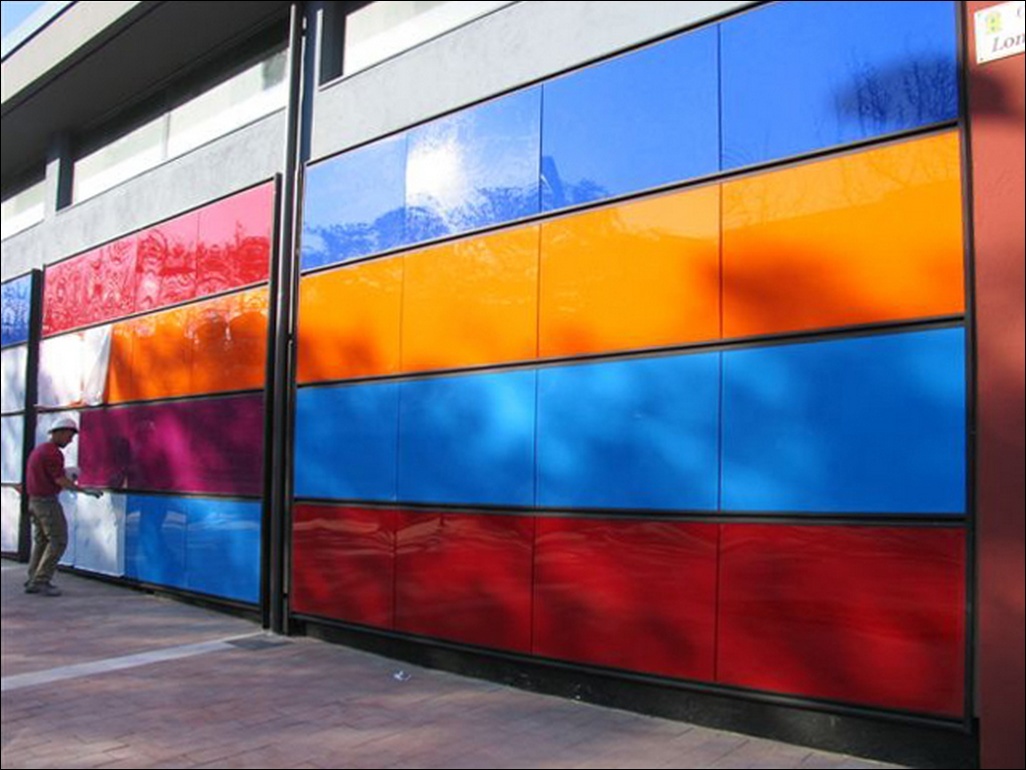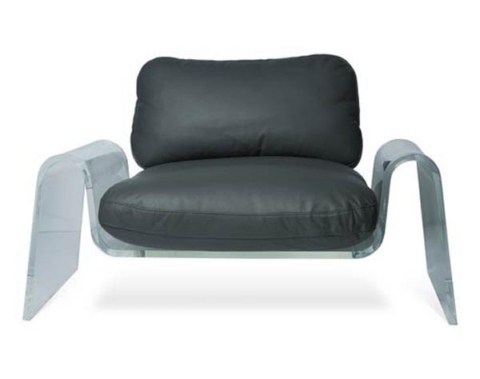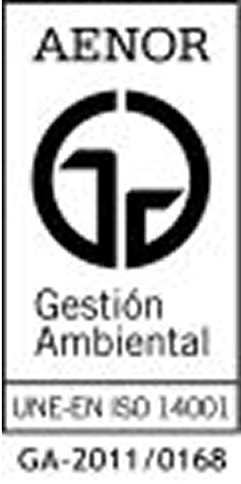Recycled Acrylic
Plastics 2022 - Current Situation and Prospects

In this edition we are going to echo the analytical report on “Plastics - Situation in 2022” presented by Plastics Europe. In this document, we find an exhaustive study that evaluates the state of the plastic industry and its current prospects.
Based on the analysis of data relating to all areas of the sector, it is determined in which state the European plastic industry is located. Specifically, figures are evaluated relating to production, demand, transformation, as well as information regarding the management of European plastic waste.
1. The plastics industry in Europe: key figures
The European plastics industry includes plastics manufacturers, transformers, recyclers and machine manufacturers. It brings together more than 52,000 companies, many of them SMEs, distributed throughout the EU. In 2021 alone, it employed more than 1.5 million people in the union, which represents a slight increase compared to 2020.
According to the data, European production increased to 57.2 million tons in 2021. Among all this production, post-consumer recycled plastics and biological/bioattributed plastics represented, respectively, 10.1% and 2.3% of European plastic production. And the demand for European plastic converters reached 50.3
millions of tons in 2021. In 2021, packaging and construction represented by far the largest markets for plastics in the EU27+3, followed by the automotive sector.

In 2021, the plastics industry (EU27) generated a turnover of approximately 405 billion euros and a positive trade balance of 14.4 billion euros. And in 8th place in Europe in terms of contribution to industrial added value.

More than 10 million tons of post-consumer plastic waste were sent for recycling in 2020 in the EU27+3. In 2021, some 5.5 million tons of post-consumer recycled plastic were reintroduced into the economy of the EU27+3, an increase of around 20% compared to 2020.
2. Global production recovers
In 2021, global production continued a growth trend, in this case 4%, exceeding 390 million tons, confirming that the market continues to rely on the plastic industry.
In 2021, 90.2% of global plastic production was of fossil origin. Recycled plastics
post-consumer and biological/bioattributed plastics represented, respectively,
8.3% and 1.5% of global plastic production.

Although this is good news at the global level, Europe continues to lose competitiveness (its share of world plastics production has fallen by almost 15%) while China has reached 32% of its share. The reasons for this setback are several, but they were mainly due to:
- Energy crisis
- Logistic crisis
- Post-pandemic crisis
Energy and logistics crises cause uncertainty and challenges for the European plastics industry.
3. Double European objective: compliance with circularity and zero emissions in 2050
With this objective in mind, European plastic producers are developing a roadmap that establishes concrete milestones, actions and key points.
The circular and climate-neutral economy of plastics is a system in which plastics are produced, transformed, used and managed in a sustainable way.
According to the data, of the 57.2 million tons produced in 2021, circular plastics accounted for around 12.4% of European plastics production.

3.1 Investment and productive reorganization key factors
The European plastic industry is researching how to solve problems posed by the market, such as those generated by plastic waste and climate change, while still offering its different value chains, consumers and society, the benefits offered by plastic products. To this end, producers are making heavy investments and reorganizing their productive and technological base.
3.2 Waste reduction
In 2020, 29.5 million tons of post-consumer plastic waste were collected in the EU27+3.
The recycling rates of plastic waste are 13 times higher when collected selectively when compared to waste that comes from the mixed fraction.
In 2020, 35% of post-consumer plastic waste was sent for recycling.

In 2020, 17.9 million tons of post-consumer plastic packaging waste were collected
in the EU27+3. The recycling rates of plastic packaging waste are 80 times higher when collected selectively compared to waste that comes from the mixed fraction. In 2020, the global European recycling rate of post-consumer plastic packaging reached
46% (according to the old calculation methodology of the Packaging and Packaging Waste Directive),
compared to 42% in 2018, an increase of approximately 9.5%.

In the specific case of Spain, between 2006 and 2020, the quantities sent for recycling increased by 137%, energy recovery increased by 73% and landfill storage decreased by 45%.
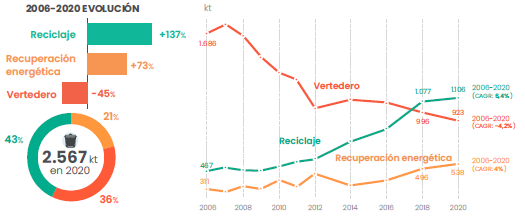
3.3 Increased government commitment and economic incentives
With the data obtained in the study, Plastics Europe indicates that, in order to achieve the goal of zero net emissions by 2050, it is essential that the collaboration between responsible politicians and members of the plastic value chain be much more intense and efficient, in order to achieve a faster system change.
A new and supportive policy framework is needed that better motivates investment and innovation, that promotes a climate of competition in a circular economy for plastics.
Sources:
Plastics Europe “Plastics - Situation 2022”
+






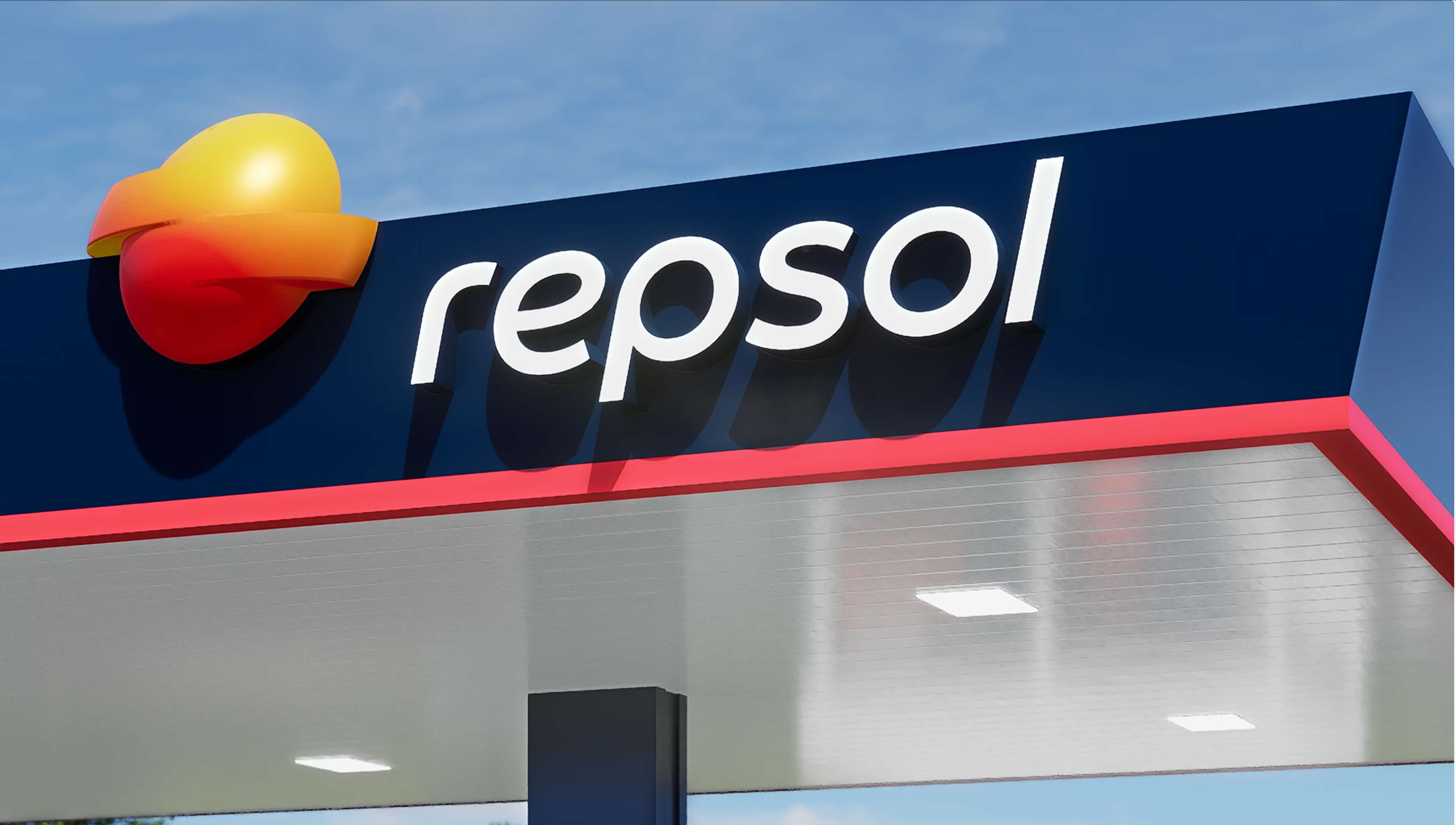

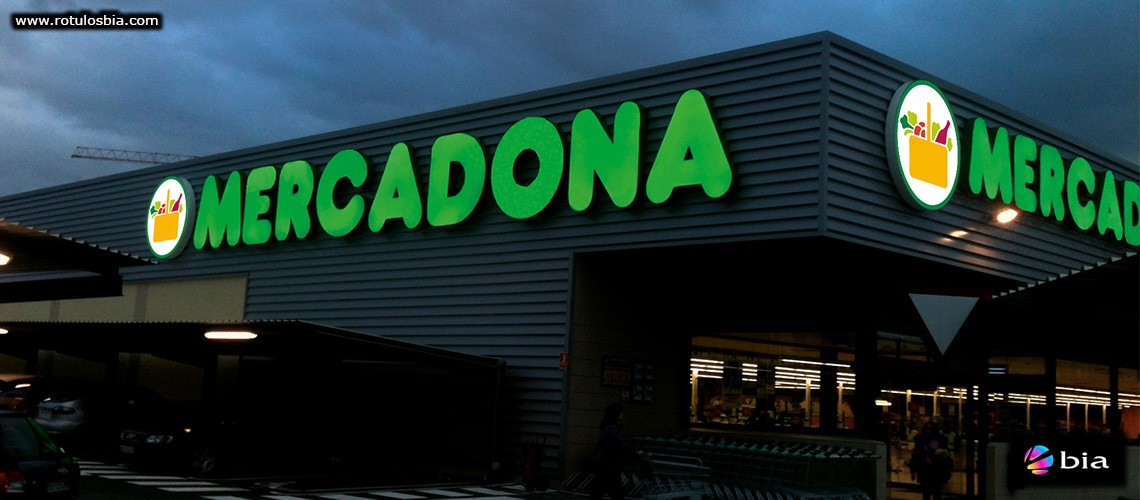

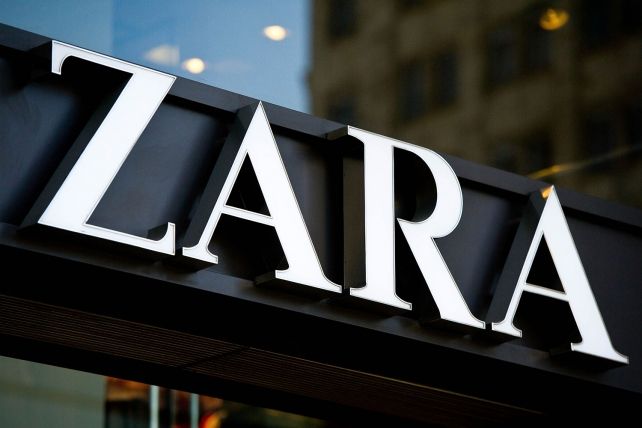



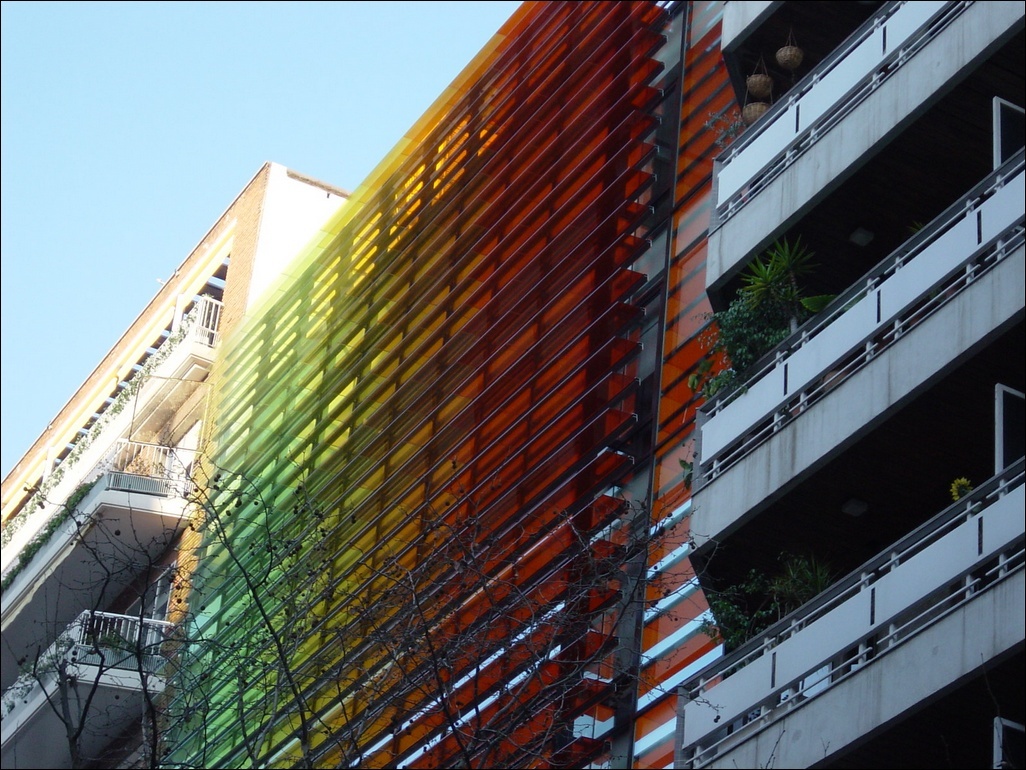
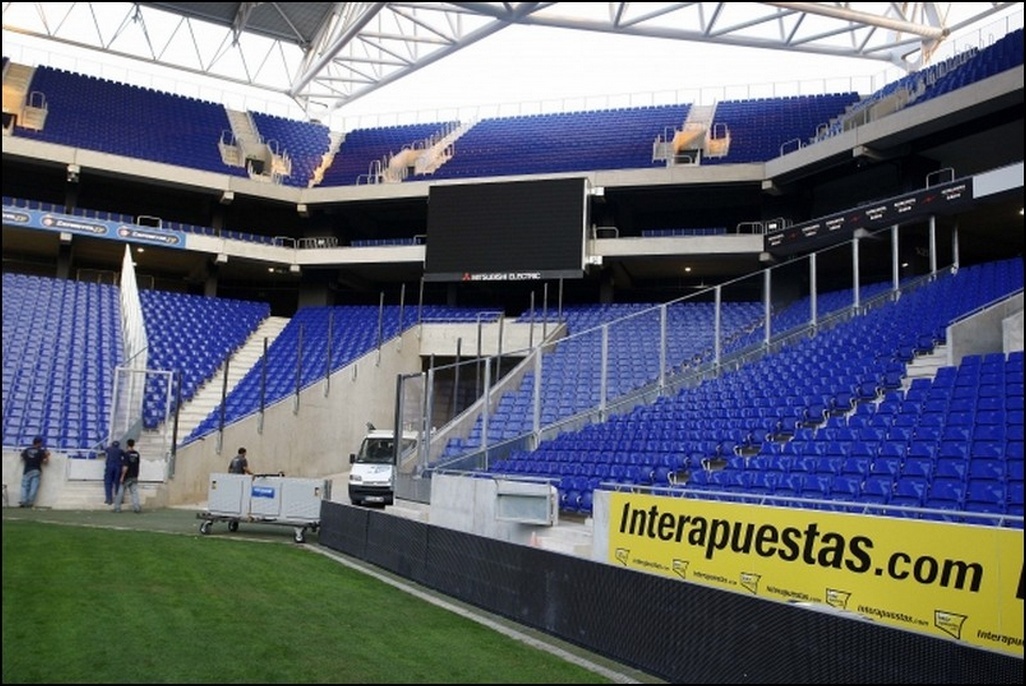

.jpg)


